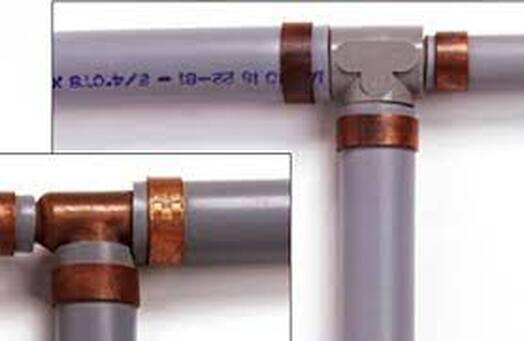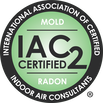Mike's Home Inspector BlogMichael Burfitt |
|
I heard it once said that when cooking or baking, a cookbook is just a starting point to build mastery in the kitchen: true skill comes from building off that book knowledge using skills and experiences. This is also true as a professional home inspector: I have completed a significant amount of textbook reading (I lost count how many I have in my library!) but I know there are times where I disagree with the “book” answer and many fellow home inspectors. One such example is Polybutylene (PB) otherwise known as Poly B supply pipe.
PB was a plastic manufactured between 1978 and the mid 1990s that was touted as the “pipe of the future” for its low cost and ease of installation compared to copper. Despite its many advantages, it was discontinued in 1996 due to allegations the pipes were rupturing and causing significant water damage. Class action lawsuits were filed in the United States with a payout of close to $1 billion. Try doing an online search and you will see plenty of PB horror stories: sounds terrifying, doesn’t it? While all these facts are 100% true, it should be noted that most of the issues originated in the southern United States, where supply pipes can be run through an extremely hot attic. Furthermore, most of the PB issues occurred at joints, which were often poorly made with plastic fittings by plumbers unfamiliar with their installation. In my experience, the PB systems I have inspected in the Halifax area are usually high quality with copper fittings (like the smaller of the two pictures below). My own home has PB throughout and I have no concerns whatsoever about its potential for leakage over any other type of material. Plumbers I have spoken with over the years have informed me that PB failures are rare, and they generally do not recommend replacement of a PB system that has no evidence of leaks. Having said all that, it’s not a system without problems: it can be damaged by heavily chlorinated water (I know from firsthand experience how chlorinated the water was in Dartmouth before 1999), there is no way to verify that PB is not damaged without invasive testing and some insurance companies look negatively on a home with PB and may charge higher premiums accordingly. So, how do you know if you have PB? Aside from the obvious answer of calling us at Inside Edge Home Inspections if you live in the Halifax region, there are two telltale signs:
Don’t mistake this post as an endorsement of PB: it was no longer considered an acceptable plumbing material in 2005 and is inferior to both copper and other similar types of plastic-based plumbing like cross-linked polyethylene (commonly known as PEX) or chlorinated polyvinyl chloride (CPVC). It is my opinion based on my professional experience that while PB should be monitored for leaks (like any plumbing system), an expensive re-plumbing of a home is rarely necessary. Can a PB system fail without warning? Yes, it can but so can any type of water supply line. |
Archives
July 2024
Categories
All
|
|
Inside Edge Home Inspections Ltd.
Halifax, NS 902-209-9921 [email protected] Proudly Serving the HRM & Central Nova Scotia |


 RSS Feed
RSS Feed

